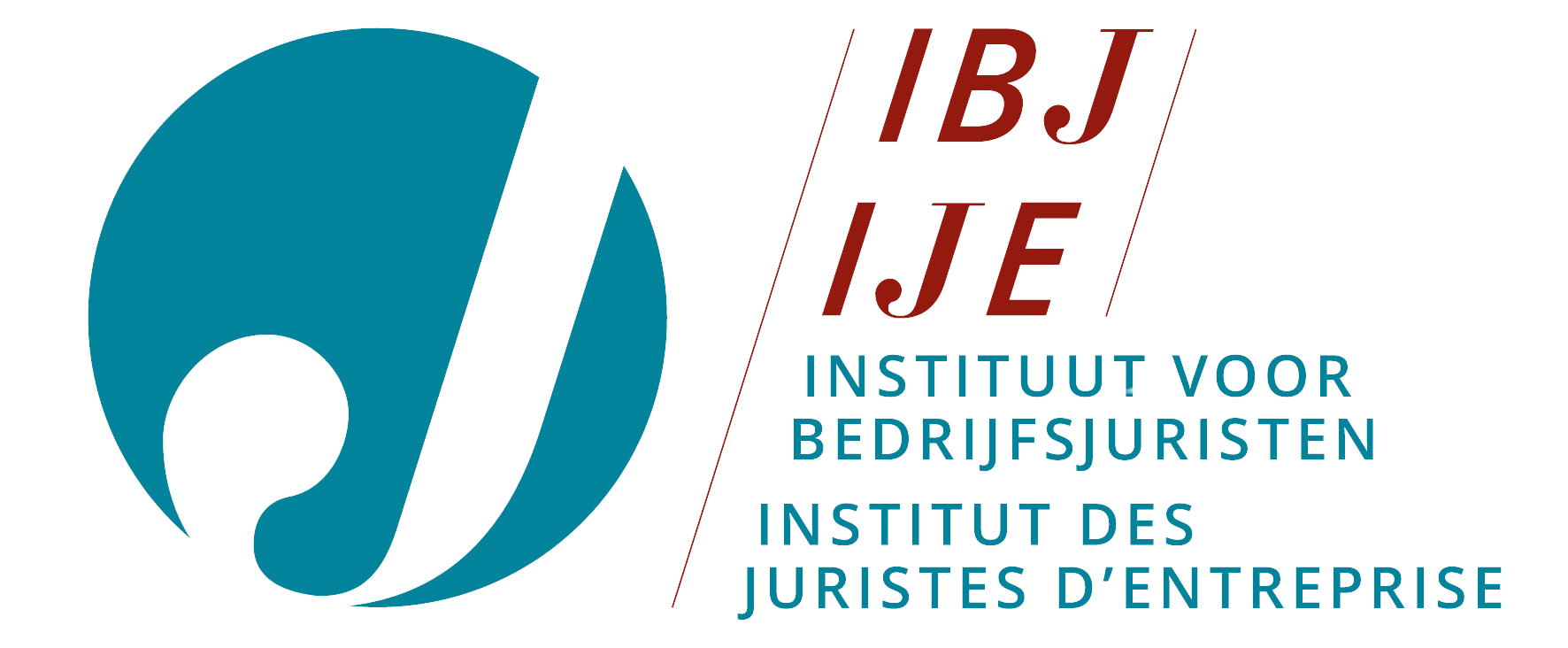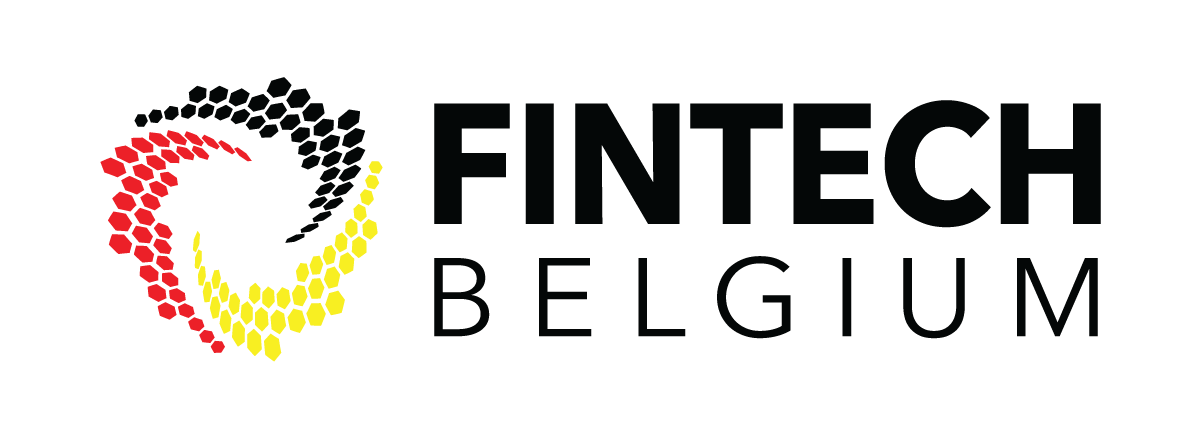Looking for?
3D Printing Technology: Legal Issues
While the existence and potential impact of 3D printing technology is becoming more widely-known, the technology itself continues to develop and spread at an ever-faster rate. For example, NASA announced in September 2013 it will launch 3D printing technology into space next year.
With the prospect of this potentially-disruptive technology’s transition from niche to more mainstream usage, a number of legal and regulatory issues are appearing on the horizon. Those legal issues (relating to areas such as copyright, patent, trade mark, design rights, proprietary versus open source supplies and public policy matters) will be outlined after first briefly describing 3D printing technology.
3D printing technology
3D printing is a process in which a three-dimensional solid object of virtually any shape is made from a digital model. It works by taking a design model stored on a digital Computer Aided Design (CAD) file and, as guidance for the subsequent printing, “slicing” that digital design model into cross-sections. That “sliced” design is then sent to a 3D printer which manufactures the object by starting at the base layer and building a series of layers on top until the object is built.
Since 3D printing technology first appeared in the mid-1980s, it has evolved at an ever-faster rate and is used for a greater number of applications (including areas as diverse as: architecture; biotechnology; construction; fashion; food; footwear; and industrial design). Currently objects are being made out of an increasing variety of materials including: molten metals; plastics; wood; brick; and chocolate. The range of manufactured objects themselves is diverse (including: coat hangers; cufflinks; shoes; teacups; and toy cars).
Today the cheapest 3D printers are available at less than €1,000 and the 3D printing technology “ecosystem” has developed to the point where there are a number of professional/commercial equipment manufacturers, raw material suppliers, online design repositories, 3D printing “on demand” stores, and universities/educational institutions involved.
3D printing technology is a potentially disruptive technology. It offers a quick, flexible and low-cost solution to making personalised solid objects for both prototyping and distributed manufacturing.
As an “additive” process, whereby successive layers of material are laid down in different shapes, it is distinct from traditional machining techniques which mostly rely on the removal of material by methods such as cutting or drilling (so-called “subtractive processes”).
Yet at present it remains difficult to assess the nature and speed of the 3D printing’s impact on product manufacture and related activities. Currently the technology is better for making customised products rather than mass produced, generic products.
No one can predict with any certainty how 3D printing technology will develop and what exactly its impact will be.
Some commentators believe 3D printing technology has been over-hyped and there will be a so-called “trough of disappointment” as consumers’ expectations about being able to manufacture via 3D printing at home will remain unfulfilled for some time.
However there is a reasonable expectation that 3D printing will soon have a meaningful impact in the business environment as certain activities, such as prototyping, can take place in a more flexible, lower cost manner than before.
3D printing: legal and regulatory issues
Regardless of the nature and speed of 3D printing technology’s impact, the increasing visibility and usage of 3D printing is already raising the prospect of a number of potential legal and regulatory issues.
The likely intellectual property issues (relating to patent, copyright; trademark; and design right law) concern three specific elements of the technology’s process (the CAD files; the printed object itself; and the online repositories where CAD files are uploaded and shared). There are also wider legal and regulatory issues concerning more general aspects of 3D printing technology and its impact.
Regarding the three specific elements of the technology, and in the absence of established law, the following types of intellectual property may exist:
- The CAD files: a CAD file itself might constitute a work protected by copyright. If it contains a plan for a patented item and is disseminated then that might constitute a patent infringement.
- The printed object: there is not such a straightforward relationship between the printed object and copyright (especially if the object has no aesthetic value). The object may be patentable if it is not overly generic and may be protected as a design depending upon the jurisdiction. If the object contains a trademark then that may constitute an infringement or a trademark dilution.
- Online CAD repositories: hosting CAD files which infringe an intellectual property right may create a secondary liability for the online depository.
This third element, the online CAD depositories, highlights an interesting aspect of the 3D printing “ecosystem”: the presence of both proprietary and open-source hardware and software.
That point is significant because, when eventually the intellectual property rights in these elements of 3D printing technology have been determined, the issue of how to enforce them will follow. One commentator has drawn attention to the strength of the open-source nature of 3D printing technology hardware and software. In such an environment how will anyone be able to enforce patents against a myriad community of developers and manufacturers? Perhaps legislation will have to be introduced to extend the scope of patents? In one reported case the funding-platform Kickstarter is being sued for its role in raising funds for a 3D printer manufacturer allegedly in breach of an existing rival’s patent.
In addition there may be a “pushback” from existing owners of intellectual property rights towards disrupting 3D printing technology, particularly if, as is likely, existing business models are threatened. Such a step would be analogous to the “incumbent” music companies’ continual litigation with the disruptive free music download sites (from Napster to the Pirate Bay). Such a “pushback” may again take the form of attempts to introduce new legislation protecting existing intellectual property right holders and their business models.
In the wider regulatory arena there is already jockeying for position between advocates of proprietary and open-source interests. The Electronic Frontier Foundation (“EFF”) has taken the initiative to “crowdsource” efforts to prevent the potential damage to innovation done by patents. The EFF has deemed such action necessary in view of patents filed by so-called patent “trolls”. One example is a patent filed by Intellectual Ventures on a system of Digital Rights Management-control of 3D printing. Such a DRM system would result in anyone wanting certain 3D print files having to pay a license fee. Yet how such a fee would work in practice remains to be seen.
More general public policy issues will probably start to emerge with some 3D printing technology applications and there may be occasions when an “undesirable” item is banned. An example from May 2013 is the 3D printed gun in the United States. Within a few days this 3D printed gun design was downloaded over 100,000 times. The US State Department ordered the design’s removal due to suspected non-compliance with US arms export control laws. Yet the design still was available elsewhere on the web which again illustrates the difficulties with such IP “policing” in a digital world.
In summary, 3D printing technology is likely to disrupt the production and distribution of a number of goods in certain industries. The intellectual property rights concerning the production and use of existing and new products will be affected. Although the timing and nature of the impact remains unclear, it is worthwhile for businesses to plan what this new technology’s potential impact may be for their businesses.
Geert Somers comments:
While sections of the (particularly mainstream) media are hyping the imminent impact of 3D printing, in areas of production and distribution this technology is going to provide opportunities for new applications as well as challenge certain existing business models. How that plays out for day-to-day business remains to be seen. In the meantime it is important for all potentially-affected organisations to at least be aware of, and preferably continually assess, the impact of this evolving technology, particularly its legal and regulatory consequences.
For further information on this legal development please contact Geert Somers, IT lawyer at time.lex.
This publication does not necessarily deal with every important topic or cover every aspect of the topics with which it deals and is not designed to provide legal or other advice.








